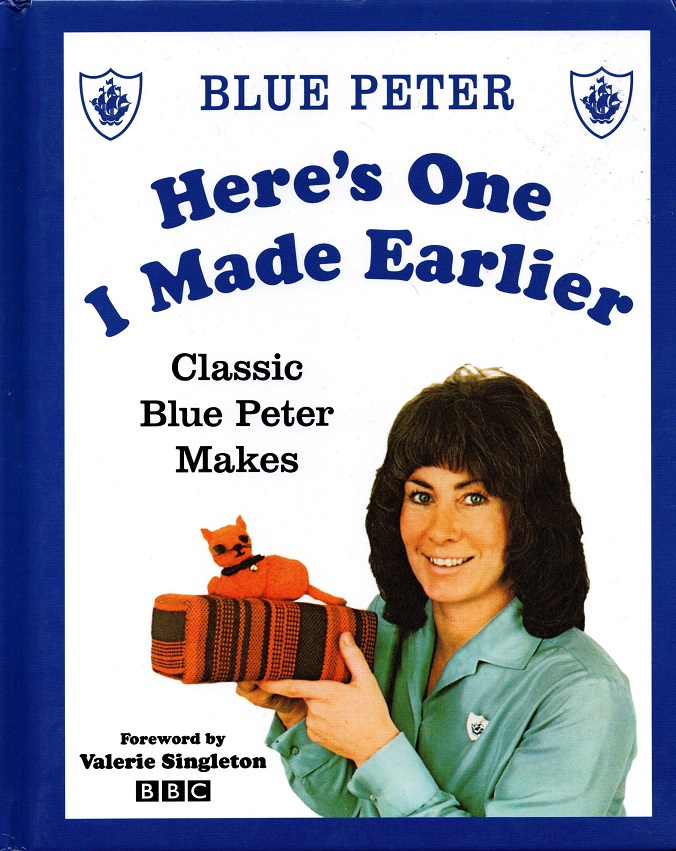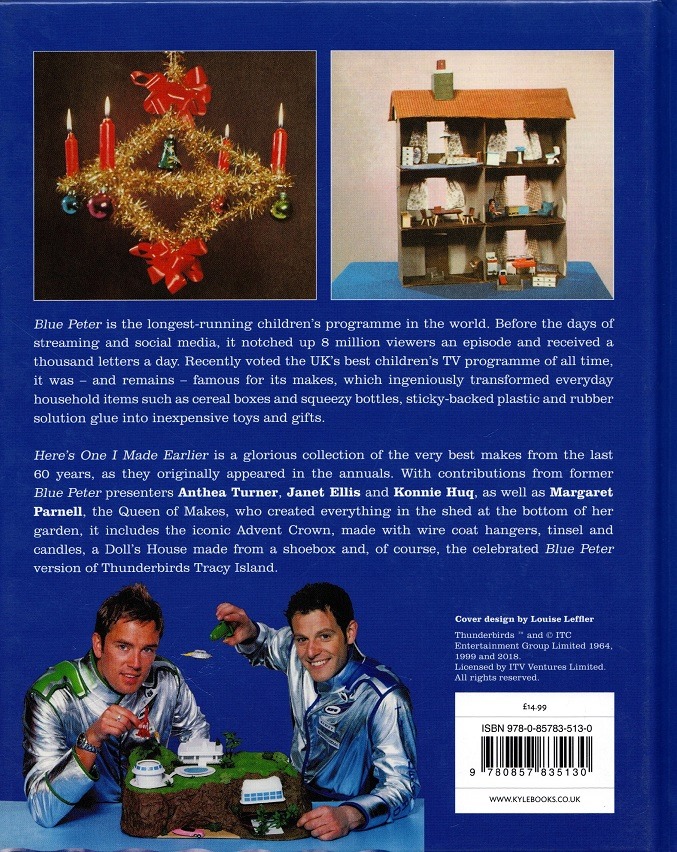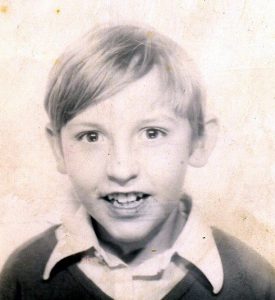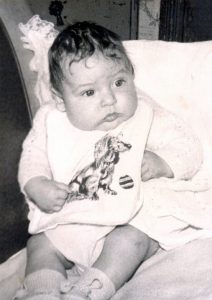Elvis Presley returned to civilian life in the U.S. after two years away in the U.S. Army. He resumes his musical career by recording It’s Now or Never and Are You Lonesome Tonight? in March 1960.
Country music stars Patsy Cline, Cowboy Copas, and Hawkshaw Hawkins were killed when their plane crashed in Camden, TN while returning home from a Kansas City benefit show in March 1963.
In July 1964, a plane crash claimed the life of another country music legend, Jim Reeves, when the plane he was piloting crashed in a turbulent thunderstorm while on final approach to Nashville International Airport.
Sam Cooke was shot and killed at a motel in Los Angeles, California (11th December 1964 at age 33) under suspicious circumstances.
Motown Record Corporation was founded in 1960. Its first Top Ten hit was Shop Around by the Miracles in 1960. Shop Around peaked at number two on the Billboard Hot 100, and was Motown’s first million-selling record.
Newcastle born Eric Burdon and his Band The Animals hit the No. 1 in charts in the U.S. with their hit single, The House of the Rising Sun in 1964.
Folksinger and activist Joan Baez released her debut album on Vanguard Records in December 1960.
The Marvelettes scored Motown Record Corporation’s first US number one pop hit, Please Mr. Postman in 1961. Motown would score 110 Billboard Top-Ten hits during its run.
The Four Seasons released three straight number one hits.
In a widely anticipated and publicized event, The Beatles arrive in America in February 1964, spearheading the British Invasion.
The Mary Poppins Original Soundtrack tops record charts.
Sherman Brothers receive Grammys and double Oscars.
Lesley Gore at age 17 hits number one on Billboard with It’s My Party and number two with You Don’t Own Me behind the Beatles I Want To Hold Your Hand.
The Supremes scored twelve number-one hit singles between 1964 and 1969, beginning with Where Did Our Love Go.
The Kinks release You Really Got Me in August 1964, which tops the British charts; it is regarded as the first hard rock hit and a blueprint for related genres, such as heavy metal.
John Coltrane released A Love Supreme in late 1964, considered among the most acclaimed jazz albums of the era.
The Grateful Dead was formed in 1965 (originally The Warlocks) thus paving the way for the emergence of acid rock.
Bob Dylan went electric at the 1965 Newport Folk Festival.
Cilla Black’s number-one hit Anyone Who Had a Heart still remains the top-selling single by a female artist in the UK from 1964.
The Rolling Stones had a huge No. 1 hit with their song (I Can’t Get No) Satisfaction in the summer of 1965.
The Byrds released a cover of Bob Dylan’s Mr. Tambourine Man, which reached No. 1 on the U.S. charts and repeated the feat in the U.K. shortly thereafter. The extremely influential track effectively creates the musical subgenre of folk-rock.
Bob Dylan’s Like a Rolling Stone is a top-five hit on both sides of the Atlantic during the summer of 1965.
Bob Dylan’s 1965 albums Bringing It All Back Home and Highway 61 Revisited ushered in album-focused rock and the folk rock genre.
Simon and Garfunkel released The Sound of Silence single in 1965.
The Beach Boys released Pet Sounds in 1966, which significantly influenced the Beatles’ Sgt. Pepper’s Lonely Hearts Club Band album released the following year.
Bob Dylan was called Judas by an audience member during the Manchester Free Trade Hall concert, the start of the bootleg recording industry follows, with recordings of this concert circulating for 30 years – wrongly labelled as The Royal Albert Hall Concert – before a legitimate release in 1998 as The Bootleg Series Vol. 4: Bob Dylan Live 1966, The Royal Albert Hall Concert.
In February 1966, Nancy Sinatra’s song These Boots Are Made for Walkin’ became very popular.
In 1966, The Supremes A’ Go-Go was the first album by a female group to reach the top position of the Billboard magazine pop albums chart in the United States.
The Seekers were the first Australian Group to have a number one with Georgy Girl in 1966.
Jefferson Airplane released the influential Surrealistic Pillow in 1967.
The Velvet Underground released its self-titled debut album The Velvet Underground & Nico in 1967.
The Doors released its self-titled debut album The Doors in January 1967.
Love released Forever Changes in 1967.
The Procol Harum released A Whiter Shade of Pale in 1967.
Cream released Disraeli Gears in 1967.
The Jimi Hendrix Experience released two successful albums during 1967, Are You Experienced and Axis: Bold as Love, that innovate both guitar, trio and recording techniques.
The Moody Blues released the album Days of Future Passed in November 1967.
R & B legend Otis Redding has his first No. 1 hit with Sitting on the Dock of the Bay. He also played at the Monterey Pop Festival in 1967 just before he died in a plane crash.
Pink Floyd released its debut record The Piper at the Gates of Dawn.
Bob Dylan released the Country rock album John Wesley Harding in December 1967.
The Bee Gees released their international debut album Bee Gees 1st in July 1967 which included the pop standard To Love Somebody.
The Monterey Pop Festival in 1967 was the beginning of the Summer of Love.
The Beatles released Sgt. Pepper’s Lonely Hearts Club Band in 1967. It was nicknamed The Soundtrack of the Summer of Love.
Johnny Cash released At Folsom Prison in 1968.
1968 (after The Yardbirds fold) Led Zeppelin was formed by Jimmy Page and manager Peter Grant, with Robert Plant, John Bonham and John Paul Jones; and, released their debut album Led Zeppelin.
Big Brother and the Holding Company, with Janis Joplin as lead singer, became an overnight sensation after their performance at the Monterey Pop Festival in 1967 and released their second album Cheap Thrills in 1968.
Gram Parsons with The Byrds released the influential LP Sweetheart of the Rodeo in late 1968, forming the basis for country rock.
The Jimi Hendrix Experience released the influential double-LP Electric Ladyland in 1968 that furthered the guitar and studio innovations of his previous two albums.
Simon and Garfunkel released the single Mrs. Robinson in 1968; featured in the film The Graduate.
Country music newcomer Jeannie C. Riley released the country and pop hit Harper Valley PTA in 1968, which is about a miniskirt-wearing mother of a teenage girl who was criticized by the local PTA for supposedly setting a bad example for her daughter, but turns the tables by exposing some of the PTA members’ wrongdoings. The song, along with Riley’s mod persona in connection with it, apparently gave country music a sexual revolution of its own, as hemlines of other female country artists’ stage dresses began rising in the years that followed.
Sly & the Family Stone revolutionized black music with their 1968 hit single Dance to the Music and by 1969 became international sensations with the release of their hit record Stand! The band cemented their position as a vital counterculture band when they performed at the Woodstock Festival.
The Gun released Race with the Devil in October 1968.
After a long performance drought, Elvis Presley made a successful return to TV and live performances after spending most of the decade making movies, beginning with his ’68 Comeback Special in December 1968 on NBC, followed in 1969 by a summer engagement in Las Vegas. Presley’s return to live performing set the stage for his many concert tours and continued Vegas engagements throughout the 1970’s until his death in 1977.
The Foundations released Build Me Up Buttercup in December 1968
The Rolling Stones filmed the TV special The Rolling Stones Rock and Roll Circus in December 1968 but the film was not released for transmission. Considered for decades as a fabled lost performance until released in North America on Laserdisc and VHS in 1996. Features performances from The Who; The Dirty Mac featuring John Lennon, Eric Clapton and Mitch Mitchell; Jethro Tull and Taj Mahal.
Spooky Tooth released their second album Spooky Two in March 1969. The album was an important hard rock milestone.
The Woodstock Festival, and four months later, the Altamont Free Concert were in 1969.
The Who released and toured the first rock opera Tommy in 1969.
Proto-punk band MC5 released the live album Kick Out the Jams in 1969.
Captain Beefheart and his Magic Band released the avant-garde Trout Mask Replica in 1969.
Creedence Clearwater Revival released Fortunate Son in 1969. The song amassed popularity with the Anti-War movement at the time and would later be used in films, TV shows, and video games depicting the Vietnam War or the U.S during the late 1960’s and early 1970’s.
The Stooges released their debut album in 1969.
The Beatles released Abbey Road in 1969.
King Crimson released their debut album In the Court of the Crimson King in 1969.
Led Zeppelin released two of their self-titled debut albums Led Zeppelin I and Led Zeppelin II in 1969.










